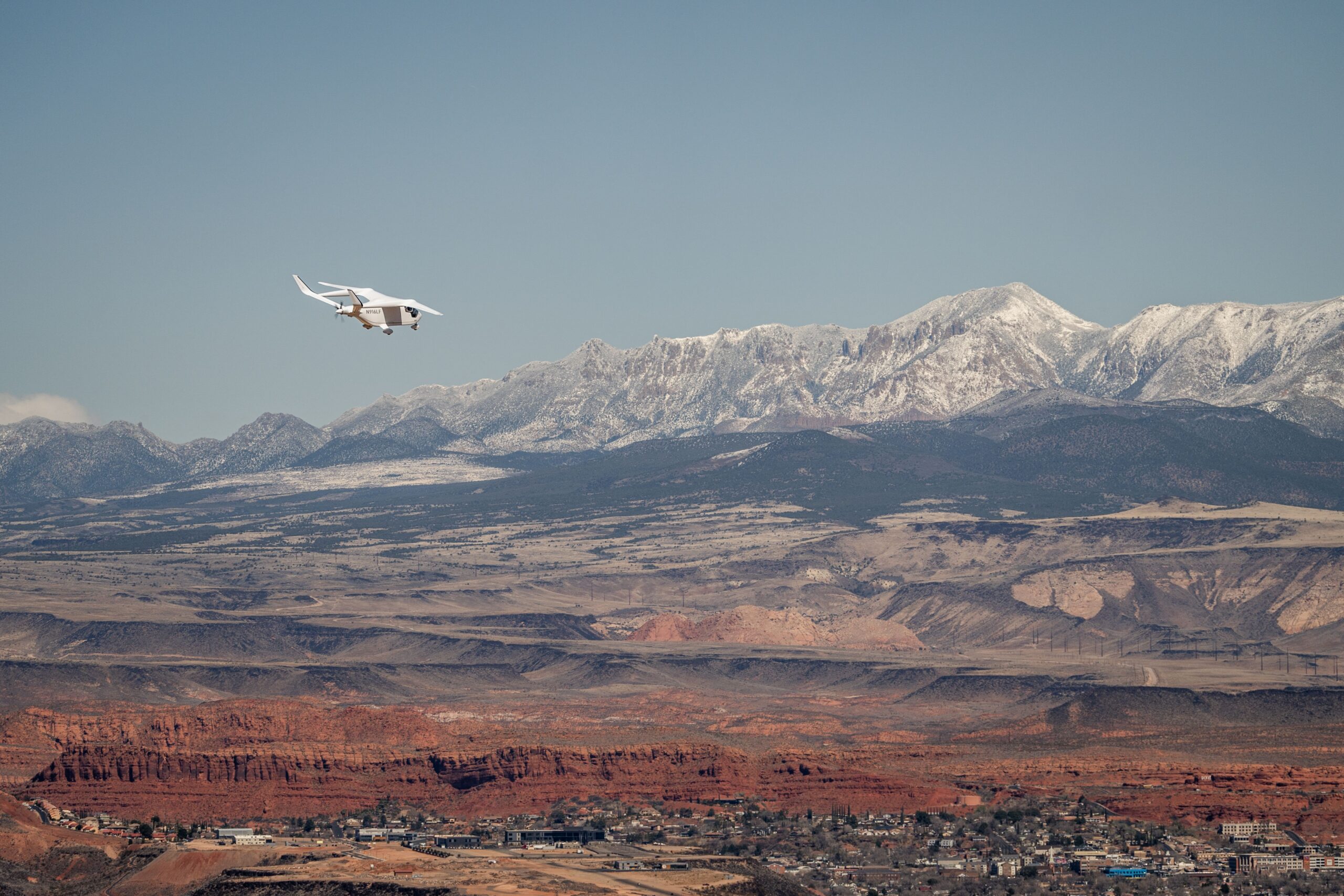BETA’s ALIA aircraft completes flight demonstrations across Utah, weeks after signing historic agreement in US state
BETA Technologies has completed a series of flights across Utah, flying its ALIA aircraft to six airports in the state.
These demonstrations come just weeks after Beta and 47G | Utah Aerospace & Defense (47G) signed a historic agreement to bring advanced air mobility (AAM) to Utah — with support from the state’s Department of Transportation (UDOT) and the Governor’s Office of Economic Opportunity (GOEO).
BETA pilots Noah Ranallo and Nate Dubie flew into Salt Lake City Airport, Provo Airport, Heber City Airport, Logan-Cache Valley Airport, Ogden Airport, and Vernal Airport, covering more than 350 miles.
The series of flights highlighted the quiet efficiency of AAM, cutting travel distance by two-thirds as compared to relative drive times.
Carlos Braceras, Executive Director of UDOT, said: “We move people—and the things they need—using more than just roads. These demonstrations are more than just a technology showcase — they represent a fundamental shift in how we think about mobility.
“As Utah’s population grows and we face increasing demands on our ground transportation system, we know that advanced air mobility offers innovative new solutions to address our evolving mobility needs.”
Residents and community leaders from across the state joined these events to see ALIA fly and learn how this technology will increase access and mobility to their communities.
These routes showcased how AAM can help reduce commute times, connect rural and urban communities, expand job access, provide critical medical services, and improve air quality throughout the state.
Kyle Clark, founder and CEO of BETA Technologies, said: “Utah has demonstrated forward-thinking leadership and a strong commitment to investing in advanced air mobility.
Utah is way ahead of the game making the right investments early and providing the necessary support to stand up an air mobility ecosystem that can drive real impact.”
BETA’s ALIA is designed for utility, with the ability to transport up to five passengers or 1,250 pounds of cargo. In addition, the company’s Charge Cubes utilize the industry standard accepted by most air taxi manufacturers around the world.
BETA’s Charge Cubes can also be used to charge ground vehicles, making them a cutting-edge technological innovation that will further enhance the scalability of air transportation while simultaneously helping to meet the needs of ground vehicles.
Ranallo added: “We received such a warm welcome from the residents of Utah. I think this week’s flights really demonstrated how quiet, cost-effective and safe this technology really is. It was a great feeling to bring this technology to the people it will ultimately impact, and to feel their excitement.”
The agreement between BETA and its Utah-based partners will help establish a statewide electric charging network for both aircraft and ground-based vehicles, create pilot training programs, and develop a model to forecast flight operations. It also encourages flight demonstrations that help educate and engage the public on this new form of transportation.
It is part of a broader effort 47G is undertaking to integrate AAM into Utah’s transportation offerings by the 2034 Winter Olympic Games — including expanding existing drone package delivery, instituting reliable cargo transport and moving people.
Chris Metts, 47G Project Alta Executive Director, said: “By integrating cutting-edge electric aircraft into our mobility ecosystem, we are ensuring the highest standards of safety, advancing medical response capabilities and driving technological innovation that will create lasting benefits for communities across the state.
“Utah is attracting investment, accelerating the development of critical infrastructure and enabling the deployment of aircraft that make our transportation system safe and truly multimodal.”
Utah boasts a diverse geography, variable weather, well-distributed airports, expansive land for testing and a vibrant aviation industry. Over the past decade, Utah has been the youngest and fastest-growing state in the country.
With 90 per cent of Utahns living within a 30-minute drive of an airport, state leaders are seeking sustainable and innovative mobility options to keep Utah moving.


